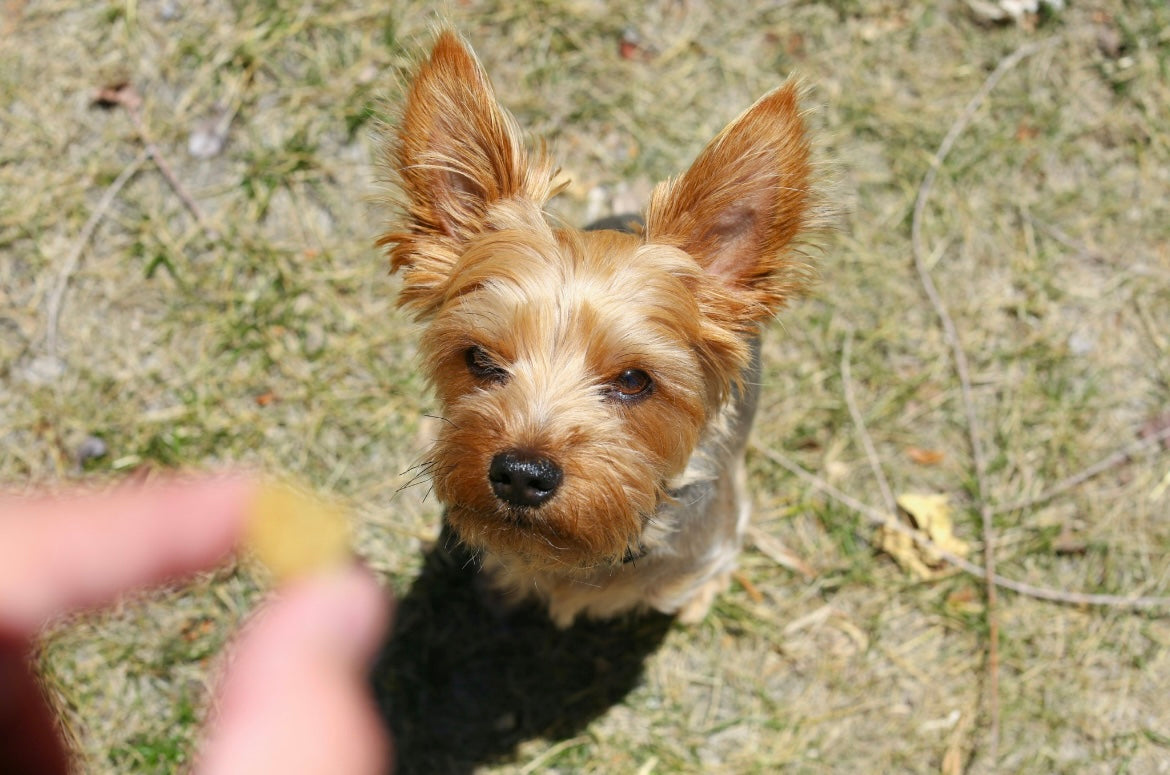Bringing a pet into your home is one of the most rewarding experiences in life. They can provide companionship, reduce stress, and bring joy to our daily routines. However, with pet ownership comes the responsibility of training them. Training your pet is not just about teaching commands; it's about building a strong bond and ensuring a harmonious relationship. Here’s how you can get started on training your furry (or not so furry) friend!
Why Training is Important
-
Safety: Proper training can keep your pet safe from danger. Commands like “sit,” “stay,” or “come” can prevent them from running into the street or getting lost.
-
Behavior Management: Training helps curb undesirable behaviors like chewing, barking excessively, or jumping on guests, leading to a more pleasant environment for everyone.
-
Socialization: Well-trained pets are often more comfortable in various situations and around other animals and people, making them more enjoyable to take out and about.
-
Stronger Bond: Training sessions can enhance the bond between you and your pet, building trust and understanding.
Getting Started
-
Choose the Right Time and Place: Pick a quiet location with minimal distractions for training sessions. Short, frequent sessions (5-10 minutes) are often more effective than longer sessions.
-
Be Consistent: Use the same commands and cues consistently. This helps your pet understand what you expect from them.
-
Use Positive Reinforcement: Rewarding good behavior with treats, praise, or playtime increases the likelihood that your pet will repeat that behavior. Positive reinforcement is more effective and humane than punishment.
-
Keep Training Sessions Fun: Pets enjoy interactive learning. Use toys, games, and plenty of enthusiasm to make training enjoyable. A happy pet during training is much more likely to learn!
-
Be Patient and Flexible: Every pet learns at their own pace. Some may catch on quickly, while others might need more repetition. Always be patient, and adjust your training techniques if something doesn’t seem to work.
Basic Commands to Teach Your Pet
-
Sit: A foundational command, “sit” is easy to teach and helps establish control. Use a treat to guide your pet into a sitting position, then reward them.
-
Stay: Once your pet knows how to sit, teach them to stay in place. Start with small distances and gradually increase the space between you and your pet.
-
Come: This command is crucial for your pet’s safety. Call your pet in an excited voice and reward them when they come to you.
-
Leave It: Teaching your pet to leave things alone can prevent them from eating harmful substances or getting into trouble.
-
Down: Teaching your pet to lie down can help with calmness, especially around guests or other animals.
Socialization
Socialization is an essential aspect of training, especially for puppies but also important for adult pets. Expose your pet to various environments, people, and other animals gradually. This broadens their experience and helps them become well-adjusted adults.
Addressing Behavioral Issues
If your pet exhibits behavioral problems, such as excessive barking, chewing, or aggression, it's essential to identify the root cause. Often, these behaviors stem from boredom, anxiety, or lack of exercise. Regular mental and physical stimulation can help mitigate these issues. If problems persist, consider consulting a professional trainer or animal behaviorist.
Conclusion
Training your pet is an ongoing process that requires dedication, consistency, and love. Remember that every pet is unique, and what works for one might not work for another. With patience and commitment, you can teach your pet essential skills that will enhance their life and your relationship profoundly. Celebrate the small victories along the way and enjoy the journey of training your beloved companion!
Yours, TUTUKY.



Share:
A Perfect Pair: Eggs and Pets - Nurturing Health and Happiness Together
Effective Solutions to Get Rid of Fleas in Cats: A Comprehensive Guide